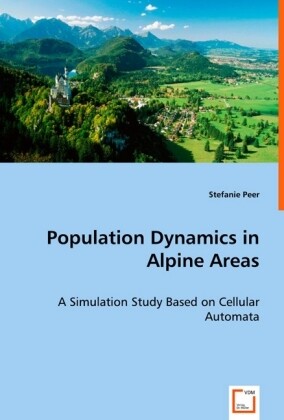
Zustellung: Mo, 14.07. - Mi, 16.07.
Versand in 4 Tagen
VersandkostenfreiBestellen & in Filiale abholen:
Most existing models concerned with the spatial distribution of land use or certain demographic characteristics are based on the assumption that the underlying geographic area is flat. They tend to ignore that a region? s topology strongly influences settlement patterns and that natural conditions such as slope determine if a certain location is uninhabitable or appropriate for the development of huge urban centers. The availability of models accounting for topographical structures is particularly important for distinct and highly sensitive regions such as the Alps. Thus, a dynamic, Cellular-Automata-based model is developed that is applied on both, a flat as well as an Alpine landscape. The simulations explore how population patterns alter as a consequence of changes in the locational preferences of residents and demonstrate clear differences in the emergence of settlement structures between the flat and the Alpine environment. This book addresses everyone who is interested in population dynamics in mountainous regions. Scientific researchers as well as policy makers are provided with valuable insights.
Produktdetails
Erscheinungsdatum
04. November 2013
Sprache
englisch
Seitenanzahl
112
Autor/Autorin
Stefanie Peer
Verlag/Hersteller
Produktart
kartoniert
Gewicht
183 g
Größe (L/B/H)
220/150/7 mm
ISBN
9783639020786
Bewertungen
0 Bewertungen
Es wurden noch keine Bewertungen abgegeben. Schreiben Sie die erste Bewertung zu "Population Dynamics in Alpine Areas" und helfen Sie damit anderen bei der Kaufentscheidung.









